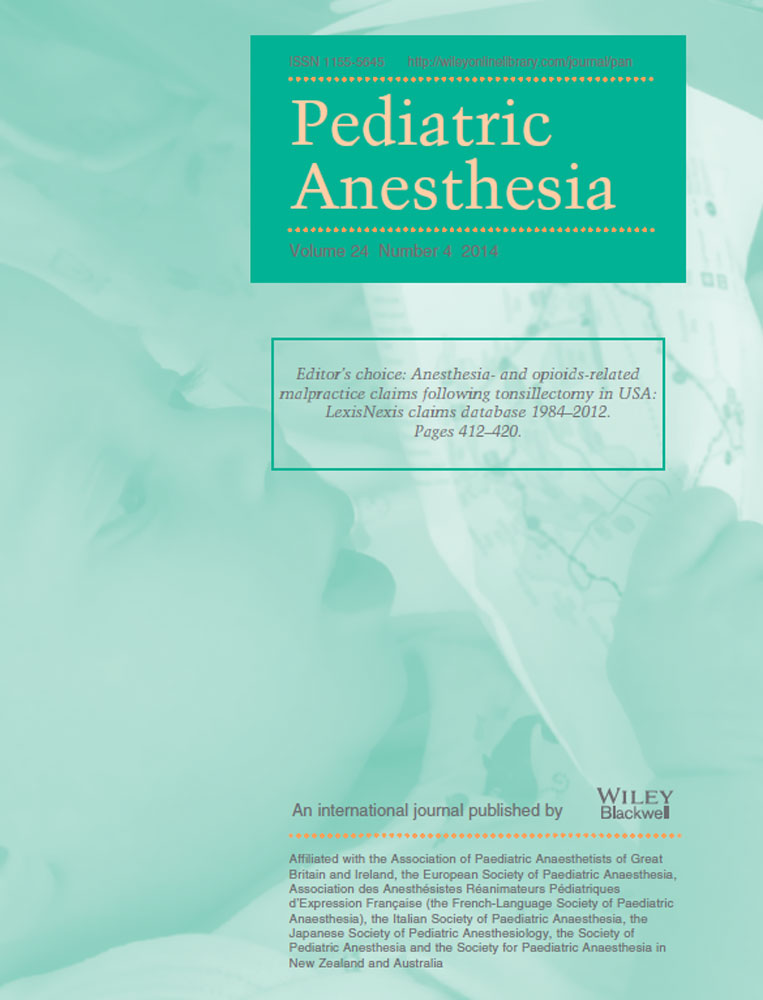Effect of intranasal dexmedetomidine or oral midazolam premedication on sevoflurane EC50 for successful laryngeal mask airway placement in children: a randomized, double-blind, placebo-controlled trial
Summary
Introduction
This study was conducted to determine the effect of oral midazolam (OM) or intranasal dexmedetomidine (IND) on the EC50 of sevoflurane for successful laryngeal mask airway placement in children. We hypothesize that premedication with either agent might reduce the sevoflurane EC50 for laryngeal mask airway placement in children to a similar extent.
Methods
Fifty-two American Society of Anesthesiologists (ASA) I children (aged 1–6 years) scheduled for general anesthesia with laryngeal mask airway were randomized to one of the three groups: group M received 0.5 mg·kg−1 OM with honey and intranasal saline, group D received 2 μg·kg−1 IND along with oral honey, and group P received oral honey and intranasal saline at least 30 min prior to induction of anesthesia. Anesthesia was induced with incremental sevoflurane up to 8% in 100% O2. A predetermined target endtidal sevoflurane (ETsevo) concentration (2% in the first child of all three groups) was sustained for 10 min before the attempt of laryngeal mask airway insertion by adjusting dial concentration. No intravenous anesthetic or neuromuscular blockade was used. ETsevo was increased/decreased (step size 0.2%) using Dixon's and Massey's up and down method in next patient depending upon previous patient's response. Placement of the laryngeal mask airway without movement, coughing, biting, or bucking was considered as successful. EC50 of sevoflurane was calculated as the average of the crossover midpoints in each group, which was further confirmed by probit analysis.
Results
The EC50 of sevoflurane for laryngeal mask airway placement after OM (1.66 ± 0.31) and IND (1.57 ± 0.14) premedications was significantly lower than the placebo group (2.00 ± 0.17, P < 0.0001). The EC95 (95% CI) derived from probit regression analysis was 2.34% (2.22–2.51%) with OM, 1.88% (1.77–2.04%) with IND, and 2.39% (2.25–2.35%) with placebo group.
Conclusions
Oral midazolam and IND premedications significantly reduce the sevoflurane EC50 for laryngeal mask airway insertion in children by 17% and 21%, respectively.




